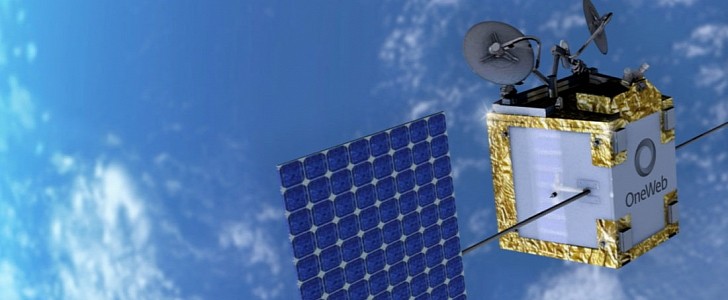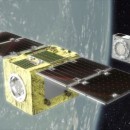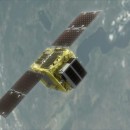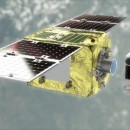As exciting as it is to hear about new satellites that are being launched into low Earth orbit, the question that should naturally follow is: who’s going to clean up all that junk? Yes, space junk is a real issue and there’s a new technology that’s going to deal with it.
Astroscale UK announced that it was awarded £2.5 million ($3.53 million) to develop an innovative technology for space debris removal, as part of its ELSA-M program. Together with other space tech companies, including OneWeb, SatixFy and Celestia UK, Astroscale is part of the wider European Space Agency’s Sunrise Program. The program is dedicated to a new, beam-hopping satellite, that will be launched next year. And the ELSA-M servicer is designed to be compatible with the future “Joey-Sat”.
What’s great about the ELSA-M servicer is that it will be able to remove multiple retired satellites, in one mission, which will be more cost-effective and, hopefully, will encourage satellite providers to clean up space junk faster. And, thanks to the new investment, the British company will take this development even further, with a cutting-edge autonomous technology that includes on-board algorithms, sensors and software.
Another part of the program has to do with developing a next-generation docking plate (DP). By fitting satellites with DPs, before they are launched, servicers like ELSA-M can grab onto them, which allows them to not only remove the satellites when it’s necessary, but to also provide in-orbit servicing. As the leading industrial partner in the Sunrise program, OneWeb has committed to fitting its satellites, including the future Joey-Sat, with these compatible docking plates.
This new satellite with a funny name will be the first one that’s able to switch from covering one part of the world to another (beam-hopping), as a real-time response to commercial changes, or in emergency situations like a natural disaster.
The ELSA-d demonstration mission is currently preparing for upcoming tests this summer, with the final ELSA-M servicer expected to become fully operational by 2024.
What’s great about the ELSA-M servicer is that it will be able to remove multiple retired satellites, in one mission, which will be more cost-effective and, hopefully, will encourage satellite providers to clean up space junk faster. And, thanks to the new investment, the British company will take this development even further, with a cutting-edge autonomous technology that includes on-board algorithms, sensors and software.
Another part of the program has to do with developing a next-generation docking plate (DP). By fitting satellites with DPs, before they are launched, servicers like ELSA-M can grab onto them, which allows them to not only remove the satellites when it’s necessary, but to also provide in-orbit servicing. As the leading industrial partner in the Sunrise program, OneWeb has committed to fitting its satellites, including the future Joey-Sat, with these compatible docking plates.
This new satellite with a funny name will be the first one that’s able to switch from covering one part of the world to another (beam-hopping), as a real-time response to commercial changes, or in emergency situations like a natural disaster.
The ELSA-d demonstration mission is currently preparing for upcoming tests this summer, with the final ELSA-M servicer expected to become fully operational by 2024.






